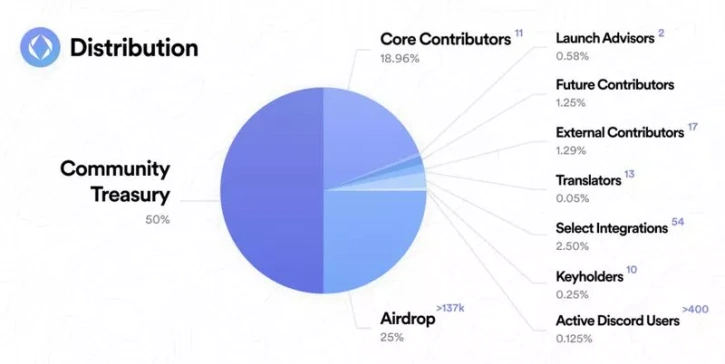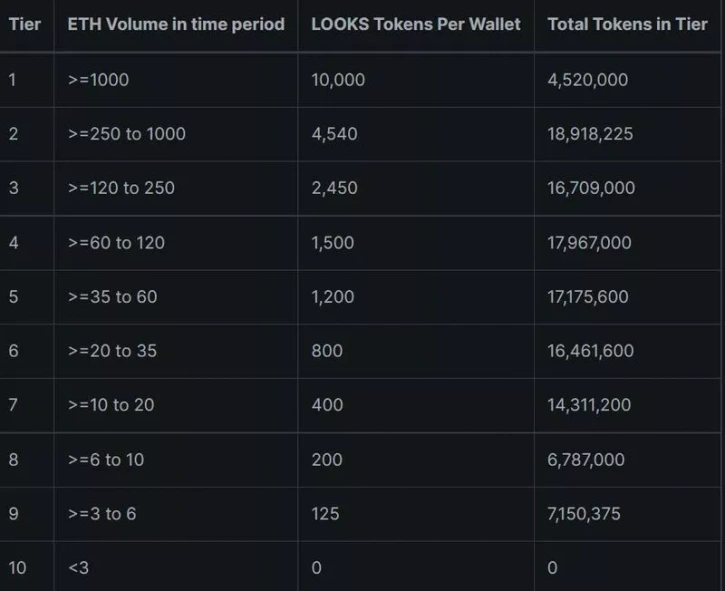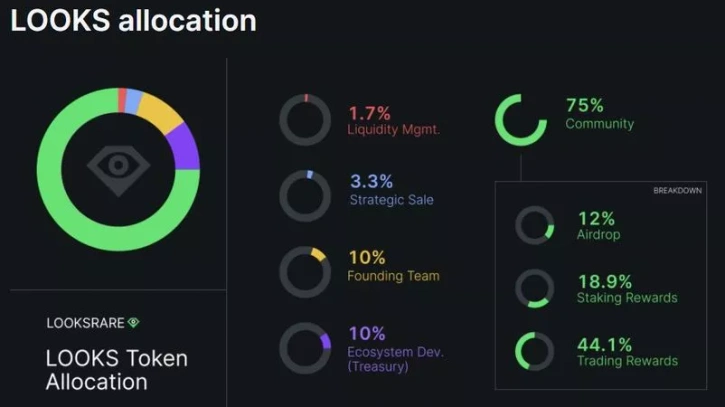What Is a Crypto Airdrop? Eligibility & How to Claim Airdrops

Crypto airdrops are one of the most sought after decentralized finance (DeFi) opportunities. Platforms and protocols give back to users who perform certain actions by sending them tokens free of charge, or "airdropping" them into the users' accounts.
In this article, we'll learn what exactly a crypto airdrop is, how to become eligible for airdrops, how to check if airdrops are safe, and how to claim airdrops. We'll also look at a few examples of previous popular airdrops.
What Is a Cryptocurrency Airdrop?
Crypto airdrops are created by projects to send free tokens to their holders, rewarding the active holders and encouraging them to continue to hold.
Airdrops occur when a project's developers send out a set number of free tokens to members of their communities, usually as part of a broader marketing initiative.
Crypto airdrops can come in a few different forms but are usually tied to a specific cryptocurrency or decentralized exchange. Decentralized exchanges (DEX) are cryptocurrency exchanges that allow for peer-to-peer cryptocurrency transactions to take place securely online, and without an intermediary, like a bank. Newly-created decentralized exchanges will often use token airdrops as a way to promote the platform and reward its early users.
Airdrops will usually reward users with tokens based on how often they trade or interact on the DEX or other DeFi platforms and protocols.
How Can I Check if I Am Eligible for an Airdrop?
As with most crypto and DeFi activities, it is important to join community Discords and follow reliable accounts on Twitter to stay up to date on news. The Lucky Trader Community Discord and LuckyNFTNews Twitter are a few good resources for up to date information on projects and crypto airdrops.
Discord is a valuable resource because you can get instant feedback from others who have also looked into available airdrops to see how safe they are to claim.
Earni.fi is a service that allows you to enter your Ethereum wallet address and see what airdrops you are eligible to claim. The free plan will show you basic airdrops from major exchanges as well as POAPs from attending events. You can have email alerts set up to notify you when an airdrop becomes available for you.
The premium plan costs $250 per year, or $33 per month. The premium service allows you to track more advanced airdrops for up to 10 Ethereum wallet addresses and get insider recommendations.
Airdrops.io is a useful website that provides users with information on popular airdrops being claimed across chains as well as for instructions on how to claim. Airdrops.io also has sections for speculating on potential airdrops and for ways to gain access to future claims.
Note: Lucky Trader is not affiliated with Earni.fi or Airdrops.io and cannot ensure the credibility of their airdrop claims.
How Do You Determine if an Airdrop Claim Is Safe?
Following respected members of the NFT, crypto, and more general web3 communities on Twitter can help to determine if an airdrop is safe to claim. Search for keywords in connection to the token to see what sentiment is like on Twitter or within your Discord communities.
You will usually notice that freelance developers will scour the smart contract to make sure there are no possible exploits in the language of the code and that the airdrop will not drain your wallet's balance after connecting.
Dex Screener is a good resource for tracking prices and activity of coins on most of the Ethereum layer 1 and layer 2 networks. You can search for the token you are claiming and see the activity of the token liquidity pair. You can search for the ticker or contract address and confirm the contract address of the coin matches the address of the token you are looking to claim.
You can then see quick statistics on the liquidity pair to help determine the legitimacy of the token. The coin's variance is correlated to the amount of liquidity in the pool. Low liquidity will cause the price of the coin to fluctuate rapidly. Be careful when trading a pair with low liquidity because the price you initiate the transaction at may drastically decrease by the time your transaction is confirmed on the blockchain (this is called slippage).
Note: The only way to 100 percent ensure if an airdrop claim is safe is to check the contract yourself, but listening to trustworthy people and waiting to see what happens when others claim is a good starting point.
How to Claim an Airdrop Token and Swap to ETH
Crypto airdrops tend to provide instructions along with their announcement of an airdrop. Check the official website, the project's Twitter, or even search Lucky Trader for articles on how to find detailed instructions for claiming. Once claimed, a liquidity pool will be set up for people to buy or sell the tokens and swap to Ether, or ETH.
Dex Screener is a good resource to search the contract address and find the correct liquidity pool. Many fake liquidity pools are created for highly anticipated coins, so be sure to use caution. The project will usually create an announcement on Twitter or Discord with the correct links and addresses, so check there first and confirm with others before trading or swapping.
Once you have found the correct liquidity pool, you can find a decentralized exchange that allows for trades of the token. Common examples of this are Uniswap and Sushiswap. If you would like to front-run the transaction during a period of high variance pricing, you can increase the slippage to speed up the transaction. This is not recommended unless you have experience with trading tokens upon launch as it could cause you to pay a higher price for these tokens if the price moves while the transaction is being confirmed.
How Are Tokens Distributed?
Project teams will usually release a tokenomics breakdown before the initial distribution of the tokens. Venture Capital (VC) investors, founding team members, and community trusts are usually among the members who receive tokens alongside future public users of the platform.
Examples of Crypto Airdrops
Here's a look at some recent notable crypto airdrops:
$ENS Airdrop
Back in November, ENS Domains introduced a new model for crypto airdrops. ENS domains are the suffixes ".eth" that you see on Twitter, which allow users to connect their wallets to a domain on the blockchain.
ENS wanted to launch a DAO, so they created the $ENS token to govern the ENS protocol moving forward. ENS provided tokens to holders of ENS domains based on how long they held the domains for and whether the holders had domains connected to a wallet.
They wanted to reward their active users, and this was a way to reward holders for buying and using the domains in the way they were intended.
Here is how the $ENS tokens are allocated:
$LOOKS Airdrop
LooksRare launched in early January and allowed new users to claim $LOOKS tokens based on their previous trading volume on OpenSea. The process of claiming can be found in this article: "How to Claim $LOOKS in 3 Steps."
In order to claim your tokens, each user is required to list at least one NFT on the LooksRare marketplace. After claiming, you can sell the tokens for another cryptocurrency, or stake the $LOOKS to earn rewards based on the trading fees in the marketplace.
The LooksRare team gave users a starting balance and incentivized them to use the platform to earn more tokens over time. The table below shows how the $LOOKS tokens were initially distributed to users.
Below is how the $LOOKS tokens are allocated:
Conclusion
The distribution of tokens is extremely important to the success of a crypto airdrop. The initial airdrop will always have criticism surrounding it. If too many tokens are held for early investors or team members, new investors may not want to hold tokens out of fear of the early investors dumping the token.
When new airdrops launch, come back to Lucky Trader and check to see if we covered the airdrop. Safety is of utmost importance with airdrops, so make sure you have seen others check the contract to make sure it is safe to claim any future airdrops.


